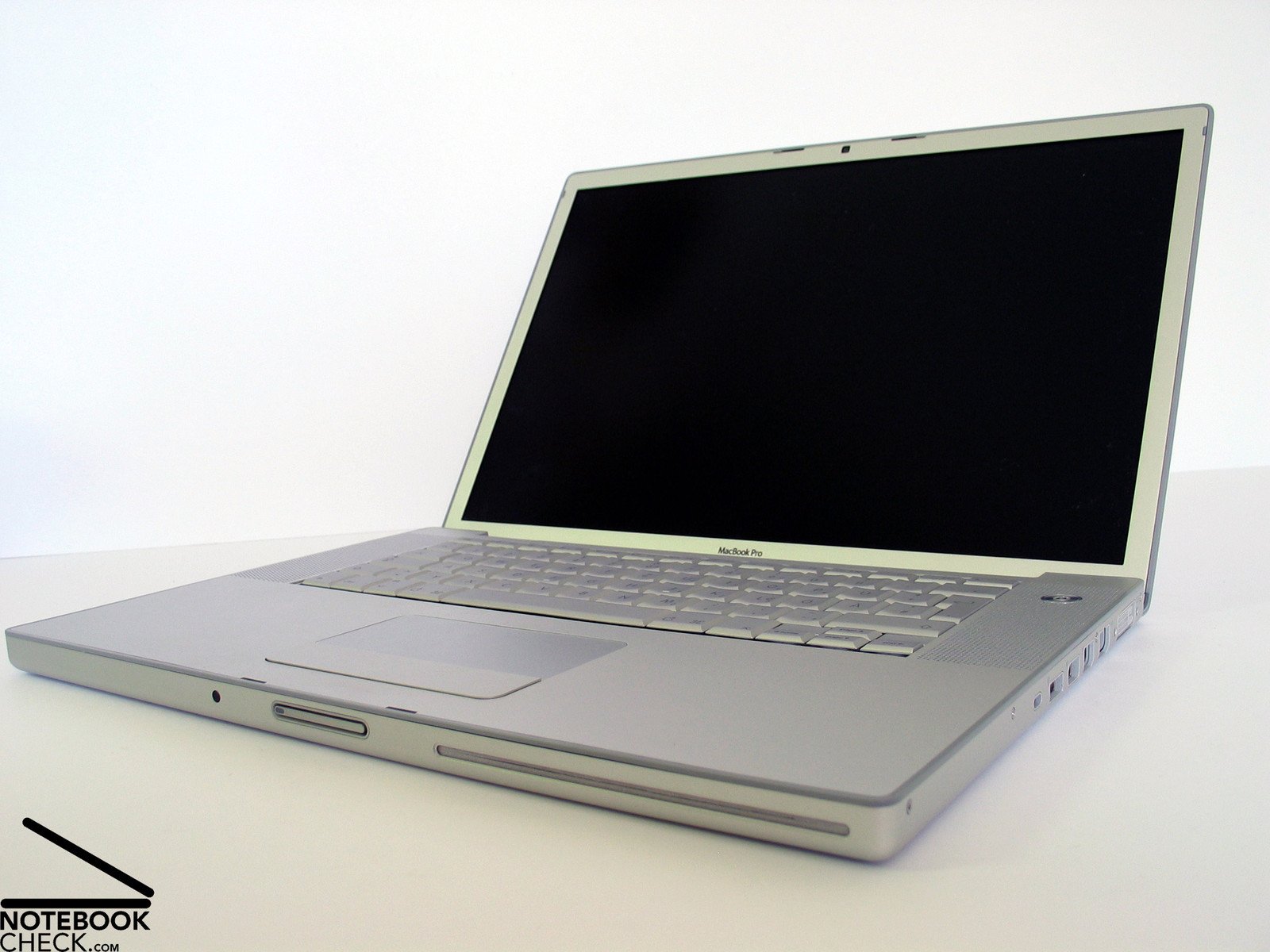

New with the MacBook Pro is the MagSafe power connector, which is designed to detach itself when someone trips over the cord, thus preventing your ‘Book from crashing to the floor. Just like the iMac, the MacBook Pro comes with Front Row. And there’s a round spot on the front, a receiver that works with Apple’s remote. There’s a black square above the display for the iSight webcam. There are two other visual clues that this ‘Book is different. It is a bit larger and thinner than the 15″ PowerBook G4. The new MacBook Pro looks a lot like the old 15″ PowerBook G4 at first glance, but its 15.4″ 1440 x 900 display (up from 15.2″ and down from 1440 x 960) is the brightest Apple has ever used on a notebook. The Intel-based pro laptop is known as the MacBook Pro, a name that met with a less-than-enthusiastic reception at the Expo keynote.īuilt around Intel’s Core Duo CPU, the new ‘Book offers up to 4x the performance of the old one. This is the first time in Apple history that a computer has been released with a faster CPU than originally announced, and it’s also the first time Apple has offered a faster CPU as a build-to-order option in a notebook.Īpple marked the transition to Intel by discontinuing the well-known, long-respected PowerBook name. The US$1,999 MBP ships with a 1.83 GHz CPU instead of 1.67 GHz, and the US$2,499 MBP has a 2.0 GHz CPU instead of 1.83 GHz.įor those clamoring for even more speed, there’s a 2.16 GHz build-to-order option at a US$300 premium. Now read the latest iPhone, iPad, and Mac headlines in Forbes’ regular Apple Loop column.To the pleasant surprise of the Mac community, Apple began shipping the MacBook Pro (MBP) the week of 2006.02.14 – and with faster CPUs than originally announced. The question now is how long Apple will take to address the bugs and fix it in its own code… and if it will do that before or after the other embarrassing software issues blighting the new ARM-powered MacBook and Mac hardware.


That virtual display is then used to drive the physical display.Īnd he notes that his app, although a workaround, uses APIs provided by Apple in macOS, in an app developed on Aple’s Xcode, using Apple’s Swift programming language. BetterDummy creates a virtual display in such a way that macOS triggers the high resolution display modes and removes the UI issues. Tóth hasn’t just diagnosed the problem, he’s programmed a solution.

Macs with x86 processors, meanwhile, can enable HiDPI on sub-4K displays as well as allow the user to configure the available resolutions." "Tóth reckons the reason for much of this is that the Arm-based Macs use graphics driver code based on iOS and iPad OS, which do not need to support that many displays – and certainly not any they can't understand.


 0 kommentar(er)
0 kommentar(er)
